









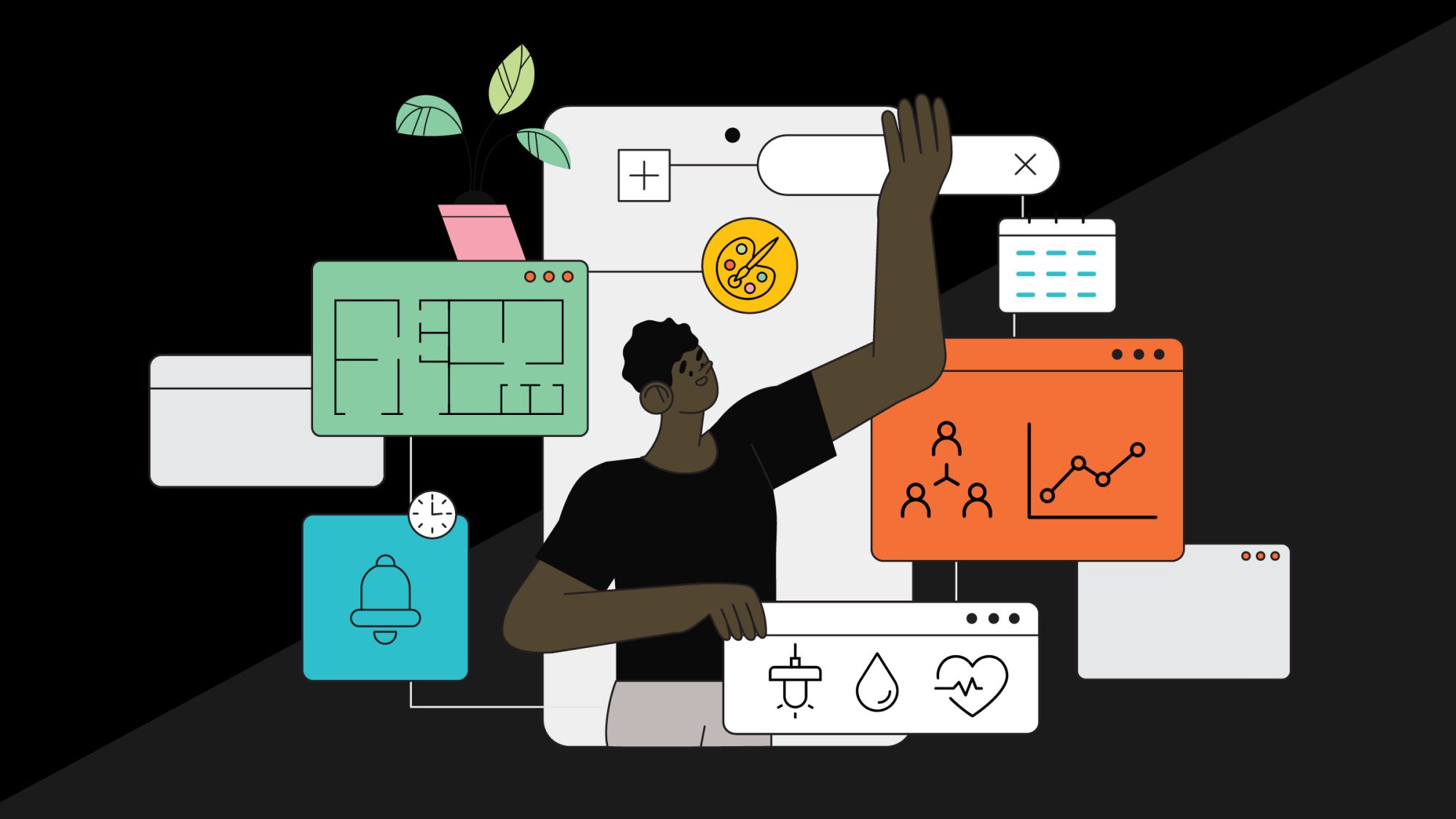
In our recent Adaptive Workplace whitepapers, we identify three key steps to building an adaptive workplace. We have discovered that adopting and nurturing an adaptable mindset is essential to success in today’s complex business environment. Employees must also be able to adjust to the ever-changing needs of the business as well as external factors. In this article, we explore the benefits of cultivating a culture of adaptability by designing the work experience before the workplace itself.
All organisations have strong intentions. They dedicate significant effort to designing workplaces and work experiences that are sophisticated and beneficial to all involved. This involves a considerable investment of resources such as energy, thought, people and time.
Yet, despite the enthusiasm surrounding the creation of ideal work environments, most planning focuses primarily on the physical space. Thus, when we mention the key step of designing the work experience, we specifically refer to creating and integrating the desired experience that organisations want their employees to have. This encompasses the experience regardless of whether employees work in the office, in a hybrid setting, or remotely.
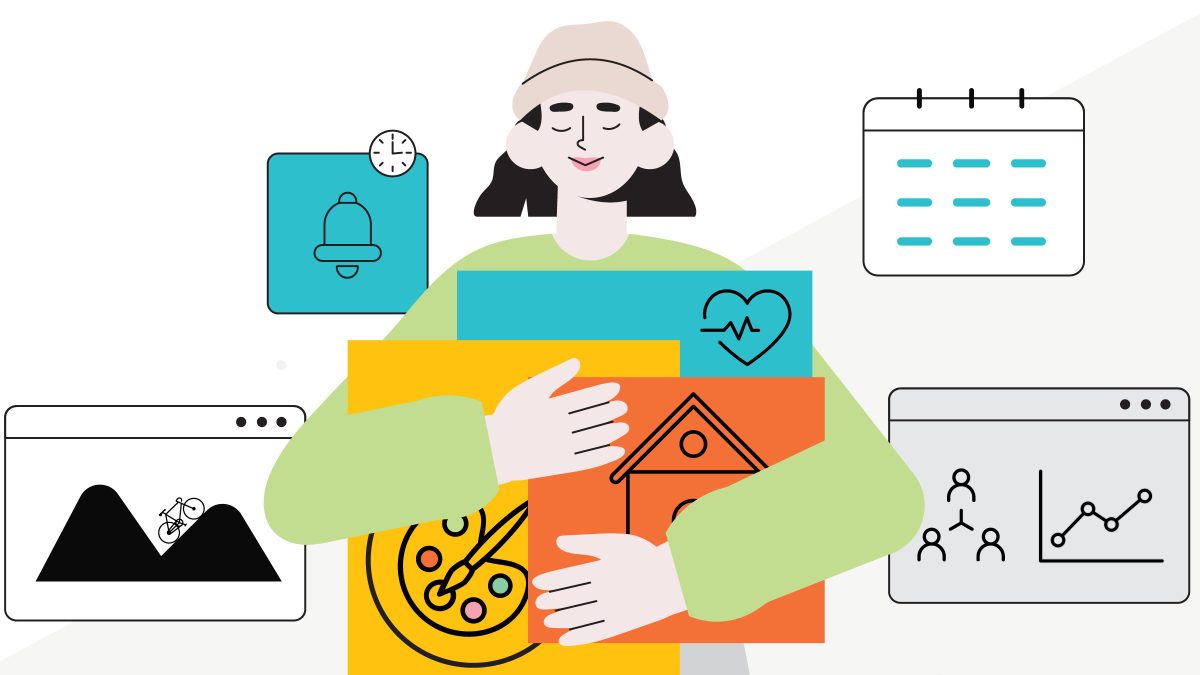
Many organisations we work with experience silos that lead to workplace standards being designed in a vacuum. This can result in a lack of access to and communication between the right departments. Or a lack of time to properly contribute to the workplace strategy. As a result, even the most sophisticated organisation struggle to create effective and meaningful workplace experiences.
Nabil Sabet, Group Director, M Moser AssociatesOrganisations worldwide continue to grapple with an unpredictable marketplace. However, there is an opportunity for leaders and subject matter experts to reconsider and revise their design methodology. This can help them adapt to changing circumstances and navigate the challenges more effectively.
An approach to revising and reconsidering a design methodology is to design each aspect of the work experience with adaptability in mind. This approach considers current and future circumstances. It also ensures that the workplace is flexible and responsive to the organisation’s and its employees’ evolving needs.
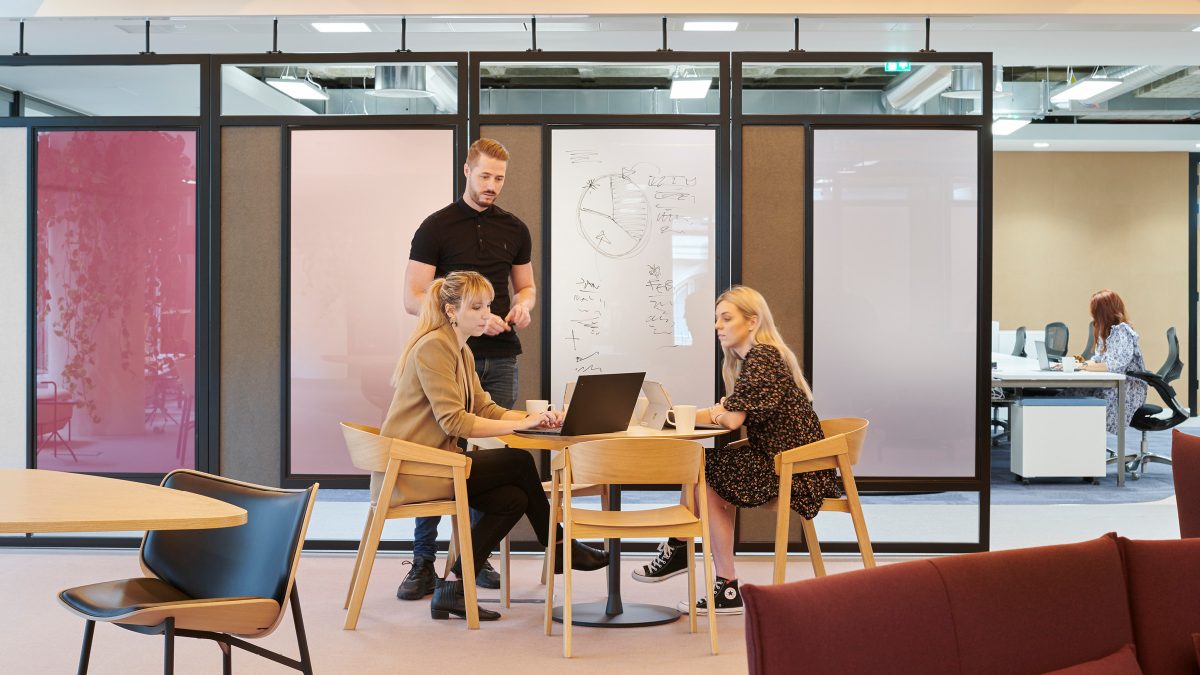
The following framework can help ensure consistency across company portfolios, the successful execution of projects and a positive employee experience engineered around adaptivity.
Developing an understanding of people, not their role
This will help create a more holistic view of the work experience. To achieve this, we work with our clients to bring together a diverse, expert team from across their organisations. This team includes executive leadership, business operations, human resources, technology, real estate amenity programs and internal subject matter experts. Through this collective, we gain insights into what the work experience looks like from each unique lens. This allows us to build a comprehensive picture of the work experience within the organisation.
Designing for the whole human
Designing with the whole human in mind means considering all the different needs. These needs include the abilities and backgrounds of the people that the organisation seeks to serve. Adaptability is key in this approach, as needs and preferences may change over time. Research is also critical to ensure equitable access to services and resources and remaining responsive to the needs of all people.
This approach considers the physical, mental, emotional and spiritual dimensions of the human experience. It is about understanding how the mission of the organisation is manifested in actions.
Leveraging knowledge and data
A comprehensive understanding of how value is created within an organisation can be obtained by gathering information from business units and exploring commonalities and differences. This process uncovers insights about organisational worthiness, inclusivity, sustainability, and employee wellness, revealing the full spectrum of factors contributing to the organisation’s success.
Then, leveraging this knowledge and data, we can craft a work experience and a comprehensive design that caters to the organisation and its users’ needs. This effort reaches beyond solely space design. It also includes workplace strategy, technology selection and other nuances that contribute to the full human experience.
Rethinking the different modes of work
Rethinking different modes of work is essential to designing for the whole human. We need to consider the core values and drivers that shape how teams operate and engage with each other. Furthermore, it is essential to consider the entire ecosystem in which our teams work to prepare for potential changes.
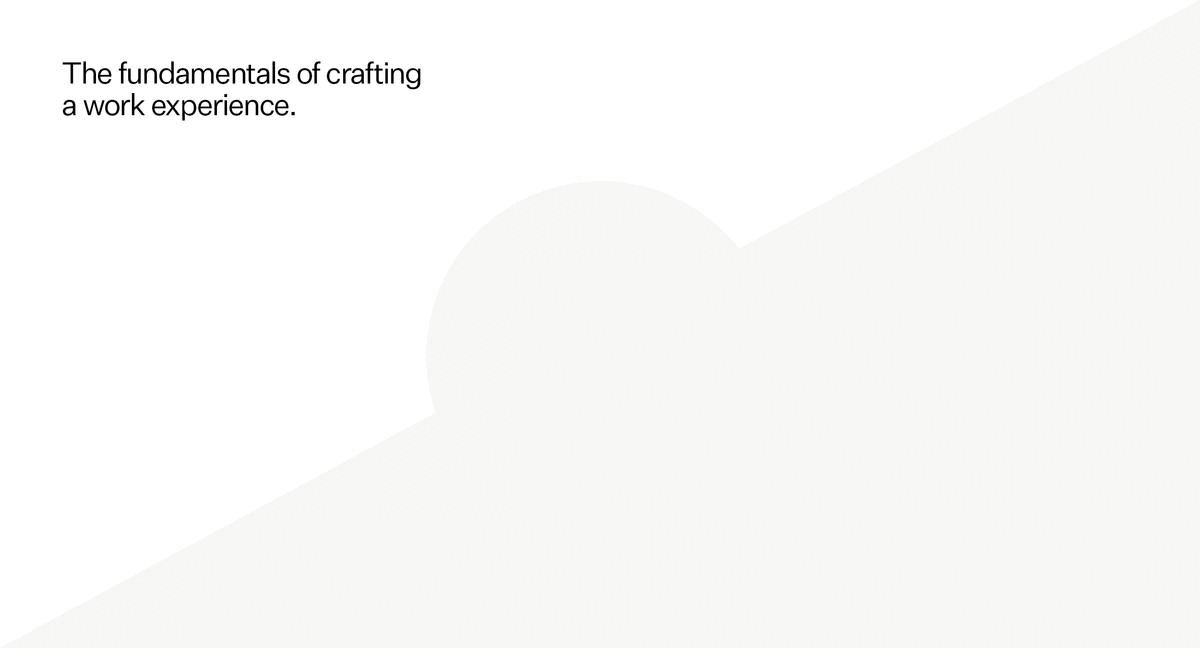
During a recent project with a global client, our team facilitated a process to reimagine and redefine various work modes. We strongly emphasised designing the work experience before considering the physical workplace. This approach involved workshopping, brainstorming sessions and research into existing workflows, policies and procedures.
From there, we identified areas of friction and redundancies that needed to be addressed. Then, our team established new design guidelines to ensure the company was meeting the needs of its employees. By doing so, we enabled the company to throw out its existing design guidelines and standards and reinvent what work looks like.
A team from within the organisation participated in this effort to uncover and define the workplace experience. This encompassed support from the technological and hospitality perspectives to determine the best way to structure the work environment. The following questions were instrumental in rethinking the organisation’s approach to work and the overall experience:
What did they want people to be doing?
How did they want them to behave and act?
What do these behaviours look like in the face of change?
The outcome was a space that helps the organisation facilitate its core values. A space meant to change and adapt over time and support any changes it may experience. By reimagining various work modes and leveraging design and technology, the company has successfully created a professional and transparent work experience for its employees.
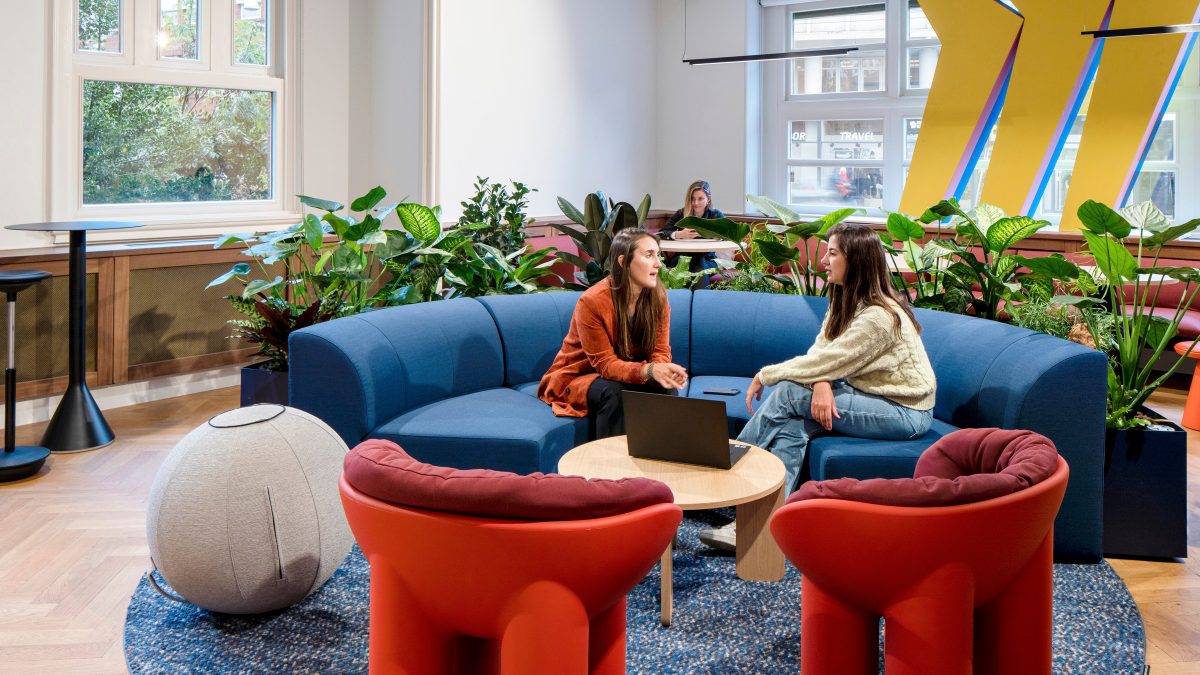
Designing the work experience before the workplace is essential in creating an effective and successful workplace environment. Firstly, it can help employers ensure that they tailor the work environment to employees’ needs and preferences. Secondly, it enables employers to create a culture that values productivity, collaboration and innovation. Finally, it provides employees with the necessary resources and support to excel.
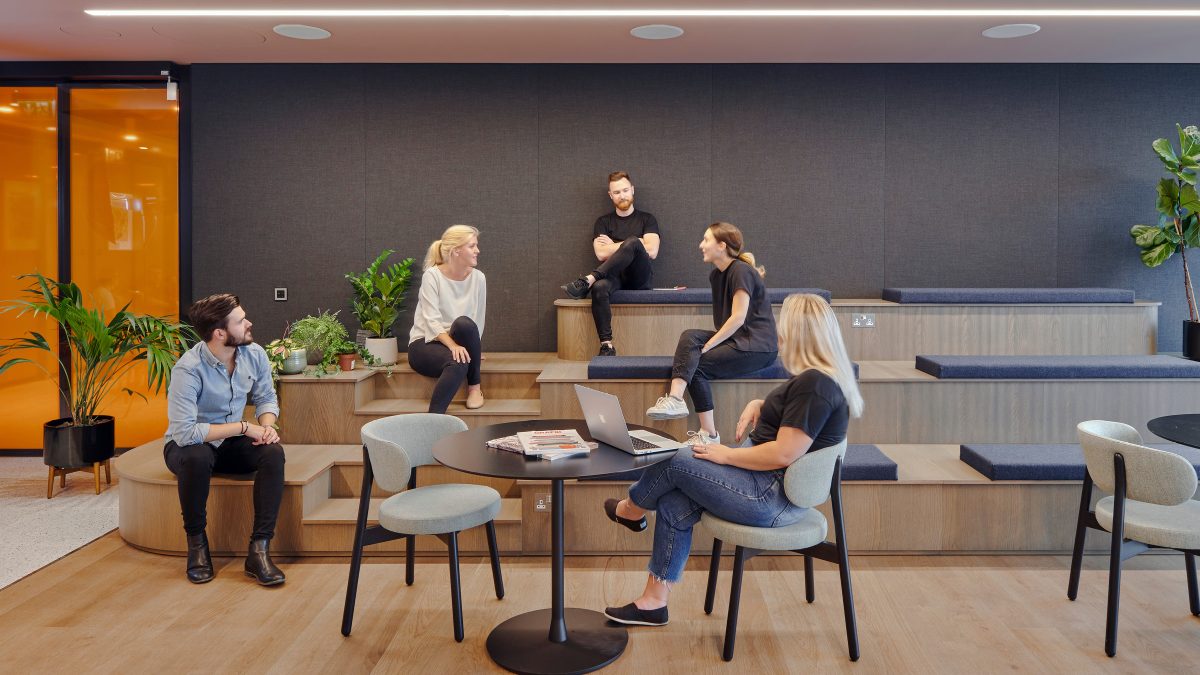
For further information on the three key steps, please refer to the additional articles below.
Adaptivity is a mindset
Designing systems of adaptability rather than static places
Group Director
Director, Workplace Strategy